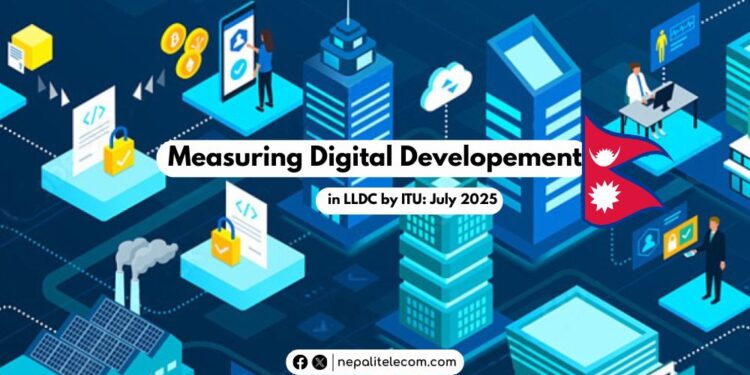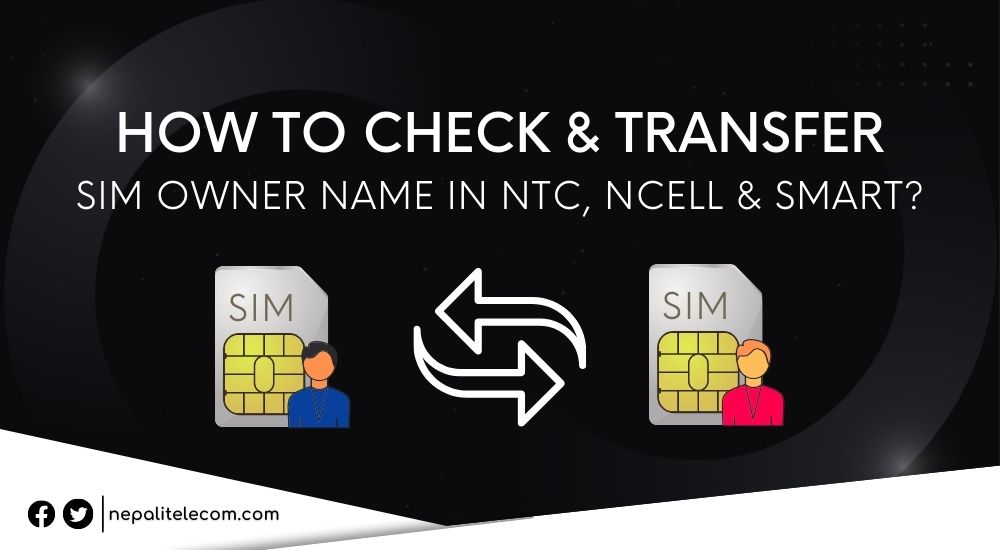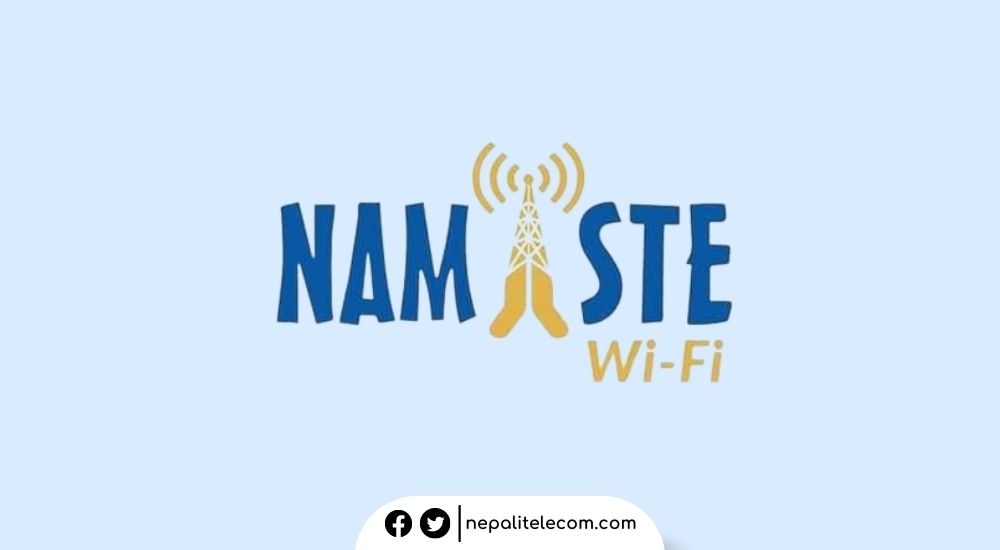Nepal has made progress in digital communication, as per a report published by the International Telecommunication Union (ITU). The report titled ‘Digital Development Measurement: Facts and Figures Focused on Landlocked Developing Countries’ (July 2025) mentions that Nepal matches the average level for digital connectivity in 11 countries in Group 2.
In the report, Nepal has clinched its place in an advanced group in Group 2. Countries in the group are Armenia, Bolivia, Botswana, Eswatini, Kyrgyzstan, Lesotho, Paraguay, and Turkmenistan. Besides Nepal, others such as Bhutan and Lao PDR are also on this list. These are categorized as least developed countries (LDCs).
Check out: Find fiber internet user status in Nepal with latest detail
Nepal progress in digital communication as per the ITU report
The report shows that Nepal had 55.8% of its population with internet access in 2023. The figure is below the world average of 67.6%. However, the LLDC average is much higher than 39.4%. At the same time, it’s also much higher than the LLDC average of 59.3%.
According to the report, Nepal has made significant improvements in broadband, too. In 2023, 94.5% of the population had mobile broadband, which is just around the world average.
Of the connected, the report mentions that 99% population has access to 3G service and 88% have 4G connectivity. But it’s also said that Nepal lags behind in modern technology, as 5G in Nepal has not yet become a reality.
The report also mentions that 14% of the population in the LLDCs have no access to the internet and 47% has access but does not use it. Therefore, it’s said, that there are ‘barriers’ that stand for people who won’t use the internet even when they have access to it.
Also, while 4G has almost blanket coverage in urban areas in LLDCs, 6% of the people in rural areas have no mobile signal and 15% have access to 2G. 5G is completely unavailable.
Affordability of service: Nepal has fairly “cheap” rates for the internet
There’s also a report on the affordability of services. The report states that the price of mobile data in Nepal in 2024 was 2% of the Gross National Income (GNI) per capita. The United Nations Broadband Commission has also set 2% as its target value for the affordability of mobile broadband service.

To compare, Nepal’s GNI of fixed broadband internet service was 7.2%. This is well above the target of 2%. It means that the internet (with a wire) is still expensive in Nepal.
On the other hand, Bhutan’s mobile broadband cost was 0.7% of GNI and that of fixed line internet was 2.2%. Both are ahead of Nepal in terms of affordability.
| Countries | GNI (fixed broadband) | GNI (Mobile broadband) |
| Nepal | 2% | 7.2% |
| Bhutan | 2.2% | 0.7% |
Similarly, Nepal is doing better than ‘Group 3’ LLDCs like Afghanistan and Tajikistan. In 2024, the cost of mobile broadband in Afghanistan was 8.4% of per capita GNI. It’s higher than that in Nepal.
Also: Nepal out of Ookla mobile broadband speed index
ITU enlists challenges and offers suggestions
The report states that though Nepal has achieved some positives in digital communication, there are some challenges to overcome. These are the lack of reliable data on internet traffic and international bandwidth has become an obstacle in policy making. It says that the lack of such data makes it difficult to make policies with evidence and hurts digital transformation efforts.
Additionally, higher transportation costs, trade barriers, limited connectivity leads to delays in development works and higher costs. Lack of human capital development, limiting resources for infrastructure, and other factors also “undermine competitiveness and cause slow development.”
Find: The digital divide status in Nepal
The report suggests that the government needs to do more to enable access to 5G, bring internet to more people, and promote digital data management.











